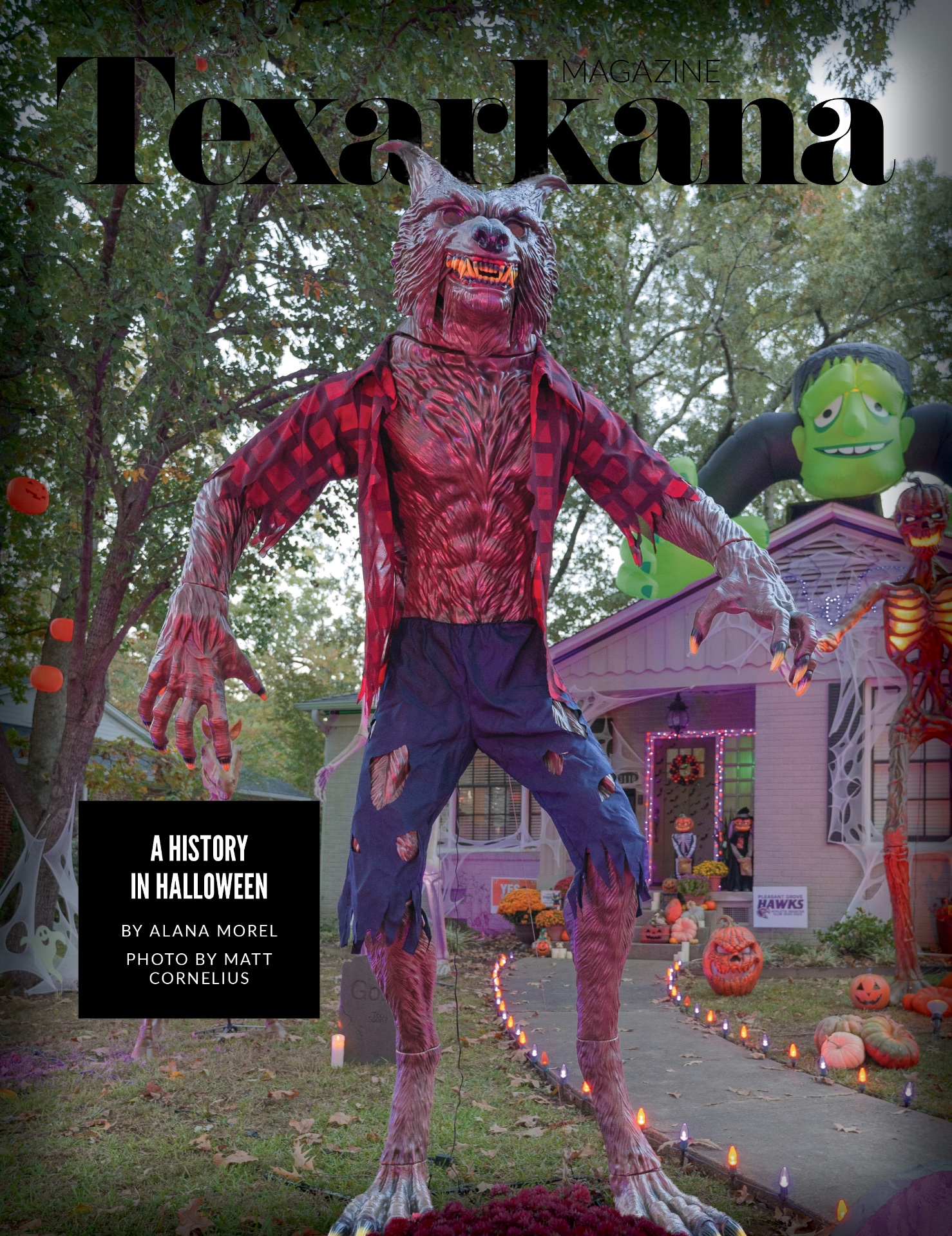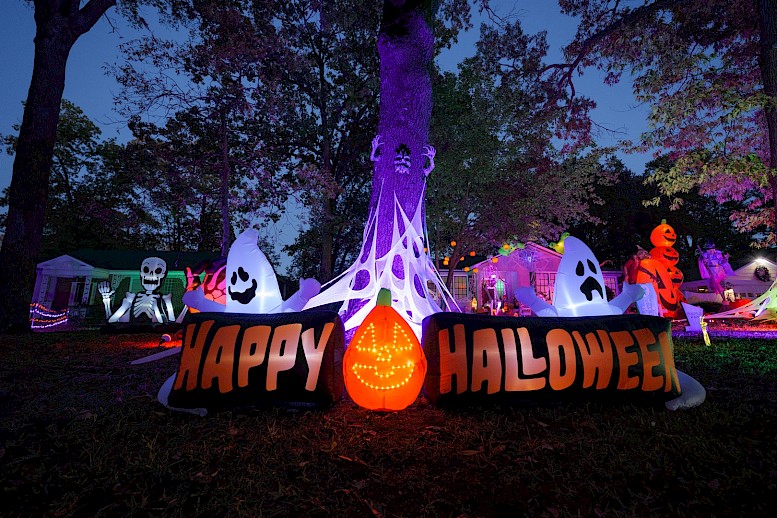A History in Halloween

Halloween, as we know it today, is a delightful blend of ancient traditions and more recent cultural influences. Its history is a fascinating journey through time, filled with spooky tales, colorful customs, and a dash of magic.
The origins of Halloween can be traced back over 2,000 years to the ancient Celtic festival of Samhain, which was celebrated in what is now Ireland, the United Kingdom, and northern France. Samhain marked the end of the harvest season and the beginning of winter. It was a time when the Celts believed that the boundary between the world of the living and the world of the dead became thin, allowing spirits and fairies to roam freely.
To ward off these otherworldly visitors, the Celts would light bonfires and wear costumes made from animal heads and skins. They believed that these disguises would confuse and scare away any malevolent spirits. It was also a time for feasting and communal gatherings, where people shared stories and divined the future.
When the Romans conquered Celtic territories, they introduced their own customs and traditions. Over time, these merged with the Celtic festival of Samhain. One such Roman influence was the celebration of Feralia, a day to honor the dead, which coincided with Samhain. This fusion of cultures contributed to the evolving nature of Halloween.

In the 7th century, the Christian church established All Saints' Day (also known as All Hallows' Day) on November 1st and All Souls' Day on November 2nd to honor saints and pray for the souls of the departed. These holy days were intended to replace the pagan celebration of Samhain. The evening before All Saints' Day became known as All Hallows' Eve, eventually shortened to Halloween.
As Christianity spread, Halloween continued to evolve. In medieval Europe, "souling" was a popular practice in which poor people went door to door, offering to pray for the souls of the homeowner's deceased loved ones in exchange for food. This tradition laid the foundation for modern-day trick-or-treating.
In the 19th century, Irish and Scottish immigrants brought their Halloween customs to North America, where the holiday continued to transform. Over time, the focus shifted from religious and superstitious practices to more secular and festive celebrations. Costumes became a central part of Halloween, and communities organized parades and parties.
The iconic Jack-o'-lantern, a carved pumpkin with a candle inside, is another Halloween tradition with an interesting history. Originally, people in Ireland and Scotland carved turnips or potatoes to create lanterns, but when they immigrated to America, they discovered the pumpkin, which was easier to carve and more readily available. The legend of "Stingy Jack," a man who tricked the devil, gave rise to the name Jack-o'-lantern.
Today, Halloween is celebrated with an exciting blend of ancient customs and modern fun. So, whether you're dressed as the Adams Family trick-or-treating Pine Street, trunk-or-treating at your church, or shoveling out candy to deserving Texarkana kids of all ages, the history of Halloween reminds us that this holiday is a living tradition to enjoy with your people!
Click Here to read more about The Enchanted Corner of Pine.

